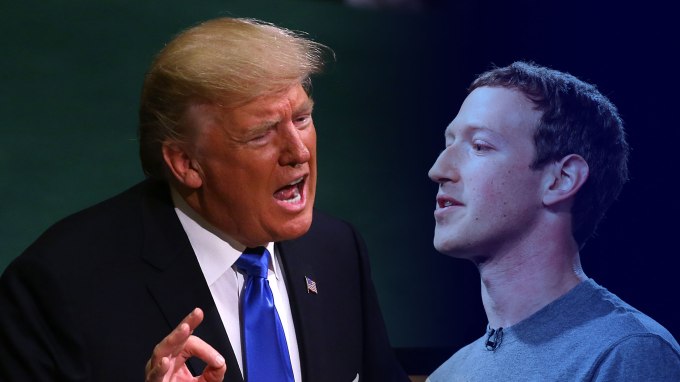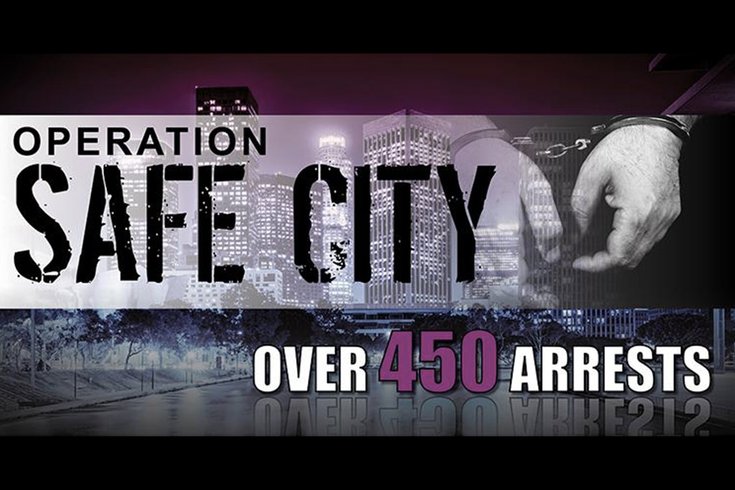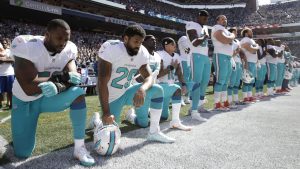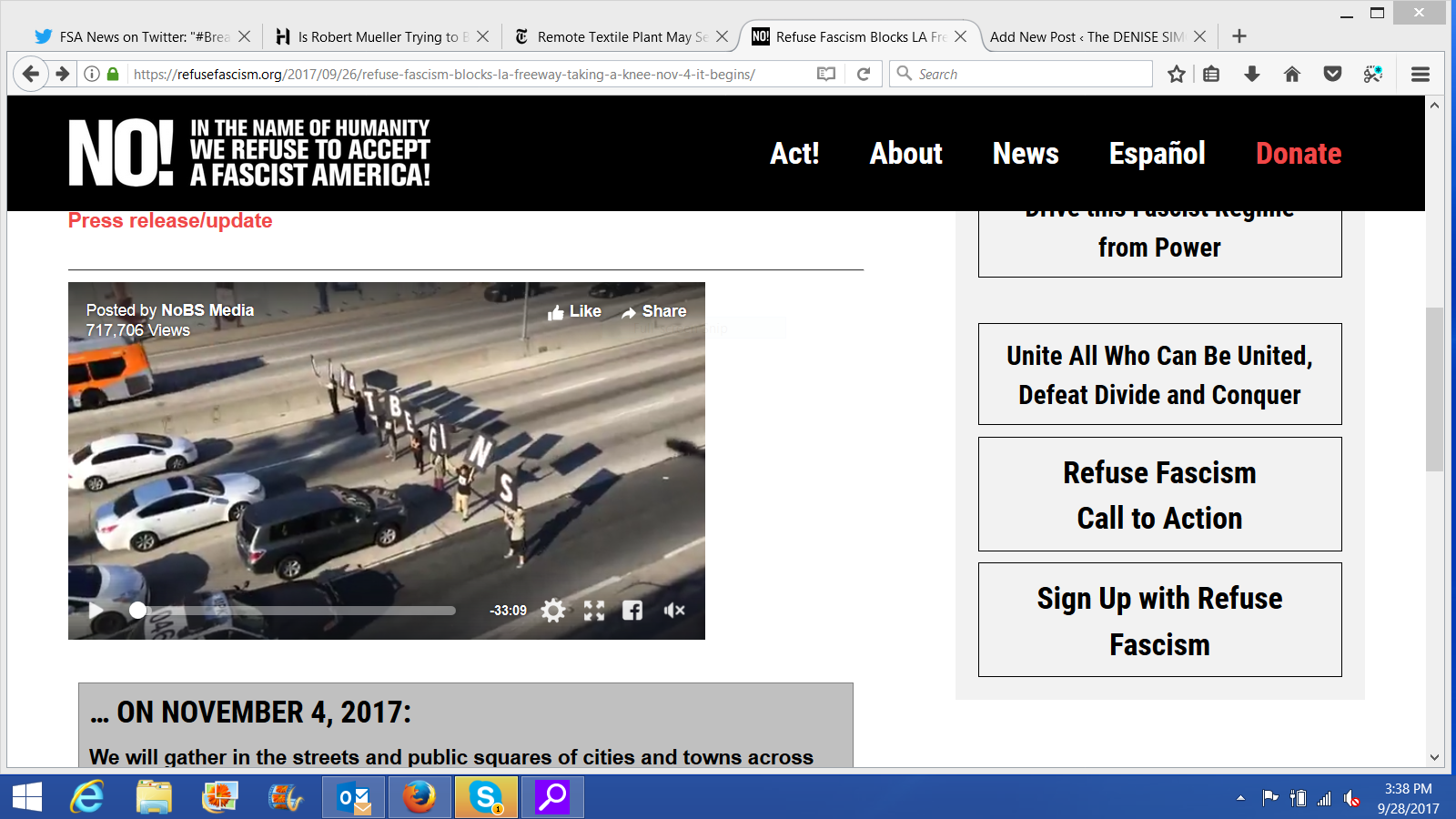Facebook is expected today to provide the US Congress with evidence concerning 2016 election ads purchased by Russia’s Internet Research Agency. Bots have become more visibly active in social media; their tendency has been to exacerbate conflict without much discernible interest in conflict’s outcome. US Senator Warner (D-Virginia), vice chair of the Senate Intelligence Committee, thinks social media have now become decidedly weaponized.
Congressional investigators could combine Facebook’s data with that which Twitter has pledged to provide. This includes data on 201 accounts suspected of having engaged in misinformation campaigns on Twitter, and $274,100 in spend on U.S. ads in 2016 by Russian government-linked news outlet Russia. More here.
***
One of the 2016 election ads that Facebook sold to Russia-linked accounts showed the image of a black woman brandishing a rifle, an apparent attempt to stoke racial tensions in the U.S., according to The Washington Post.
The Post reported that the ad showed the woman “dry firing” a rifle — meaning that she was pulling the trigger while the gun was unloaded.
None of the ads in the trove that Facebook is handing to Congress have been made public, though leaks have suggested that the ads were aimed at playing up divisive issues. More here from The Hill.
***
“For the ways my work was used to divide people rather than bring us together, I ask forgiveness and I will work to do better” Mark Zuckerberg posted to Facebook tonight on Yom Kippur, the Jewish day of atonement. Yet first Facebook must redeem itself by recognizing how its dewy-eyed trust in the world can be abused.
Zuckerberg has recently faced stern criticism from liberals over Facebook’s failure to block fake news and Russian interference in the 2016 U.S. election, while simultaneously having Facebook called “anti-Trump” by the President himself.
Today’s statement was met with mixed reactions, with some pointing out that Zuckerberg had listed himself as an atheist until late 2016 when he reaffirmed the Jewish faith in which he’d been raised.
“Oh former atheist Mark Zuckerberg, suddenly so religious now that he’s aiming for the world’s presidency. To make it very clear: no problem in being an atheist whatsoever; the problem is to use religion as a political tool” Brazilian ad platform Boo Box co-founder Marco Gomes tweeted.
“Forgiveness is denied by both. God and humanity, since you & Sheryl knew what was happening, condoned it, & then lied about both its existence and impact” tweeted Matt Ocko, partner at VC fund Data Collective. Journalists from the New York Times and Wall Street Journal cautiously shared Zuckerberg’s post without comment.
Facebook has shown significant progress in thwarting interference in elections in Germany and France, deleting malicious accounts and working closely with election commissions. But as more information about the extent of Russian meddling in the U.S. presidential race emerges, Zuckerberg has come under additional fire.

Source: Volkan Furuncu/Anadolu Agency + David Ramos/Getty Images
The company has repeatedly been warned of abuse and its inadequate responses, yet dismissed issues as edge-cases or bugs in its system. Back in 2015, Russian trolls attacked Ukrainian protesters with false reports of inappropriate content, causing their accounts to be taken down. Now news continues to unfold about Russians posting fake news and buying ads to stoke anti-immigrant sentiments in the US, discourage democrat voters, and further divide the country.
Matters worsened when Zuckerberg responded to Trump tweet that “Facebook was always anti-Trump” by saying “Trump says Facebook is against him. Liberals say we helped Trump. Both sides are upset about ideas and content they don’t like. That’s what running a platform for all ideas looks like.”
That response derided critics as close-minded and washed over Facebook’s troubles as being inevitable while highlighting Facebook’s positive impacts on the election. It also cowed to Trump’s go-to tactic of bullying his opponents in hopes of receiving softer treatment. Zuckerberg was baited into positioning Facebook as neutral despite Russian election interference coming to the aide of Trump’s campaign.
By saying criticism comes from all-sides with Facebook in the middle instead of directly rebuking the President’s statement, Zuckerberg puts Facebook in a tenuous situation. If its internal investigation into election interference reports the Russians aided Trump, the President can merely dismiss it as the “anti-Trump” sentiment he warned about. More here.



 photo courtesy CBS
photo courtesy CBS




